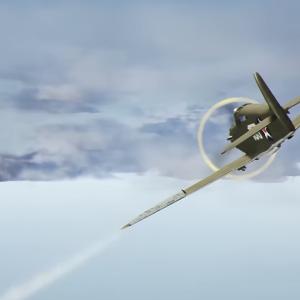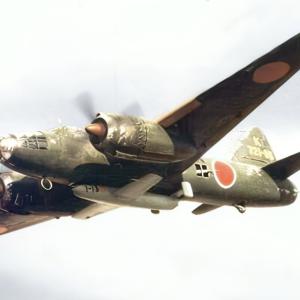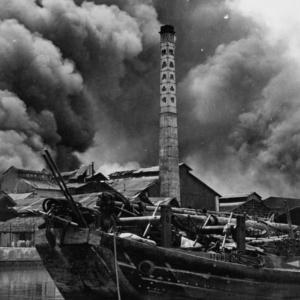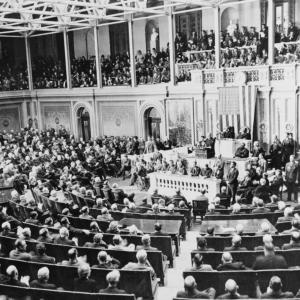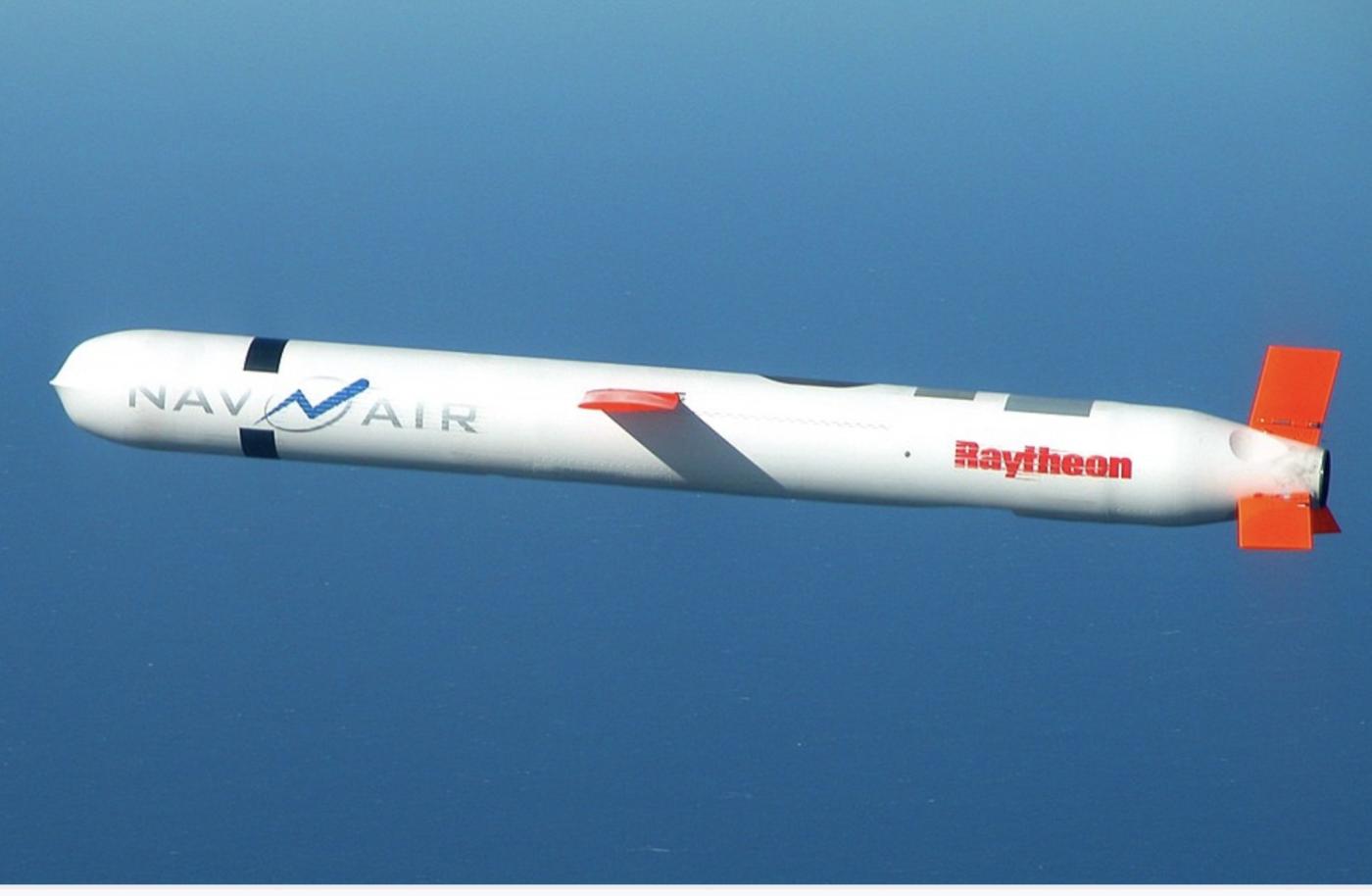
Operation infinite Reach
Cruise missile strikes formed the central element of Operation Infinite Reach, a military campaign conducted by the United States on August 20, 1998. The operation was launched in response to the bombings of U.S. embassies in Nairobi, Kenya, and Dar es Salaam, Tanzania, which killed more than 200 people and injured thousands. The strikes were designed to punish and disrupt the capabilities of al-Qaeda, the terrorist organization led by Osama bin Laden, which had been identified as the group responsible for the embassy attacks. The operation was executed under the administration of President Bill Clinton, who authorized the use of cruise missiles as a swift and targeted means of retaliation.
The strikes involved the coordinated launch of more than 75 Tomahawk cruise missiles from U.S. Navy warships deployed in the Arabian Sea and the Red Sea. These missiles targeted two main sites: a suspected al-Qaeda training camp in Afghanistan and the Al-Shifa pharmaceutical factory in Khartoum, Sudan. The decision to use cruise missiles stemmed from their precision, long range, and capacity to be launched without placing American troops on the ground, thereby minimizing the risk to personnel while still achieving significant destructive power.
In Afghanistan, the missiles were aimed at camps in the Zhawar Kili region of eastern Khost Province, where intelligence indicated bin Laden and key al-Qaeda members were operating. The strike on this area was intended to decapitate the leadership of the terrorist network and destroy its training infrastructure. The terrain, however, was mountainous and remote, and reports later revealed that bin Laden may have left the area shortly before the strike, potentially tipped off or simply relocated due to the fluid nature of operations in the region.
The second major target, the Al-Shifa factory in Sudan, was believed by U.S. intelligence to be involved in the production of chemical weapons and to have ties to al-Qaeda. The facility was destroyed in the strike, though its targeting proved controversial. Critics later questioned the quality of the intelligence linking the factory to terrorist activities, arguing that the evidence was circumstantial and possibly flawed. The Sudanese government denied any connection between the facility and chemical weapons, insisting it was merely a civilian pharmaceutical plant.
The use of cruise missiles in this operation was emblematic of a broader shift in U.S. military strategy during the late 1990s. With the rise of asymmetric threats and the difficulty of engaging non-state actors based in sovereign nations, missile strikes became a tool of choice for demonstrating power and responding rapidly to terrorism. Operation Infinite Reach marked one of the earliest uses of this strategy in the post-Cold War era and foreshadowed similar tactics used in subsequent years.
However, the operation’s effectiveness remains a subject of debate. While it inflicted damage on some al-Qaeda facilities and may have temporarily disrupted planning, it failed to eliminate the network’s leadership or prevent future attacks. In fact, some analysts argue that the strikes served to elevate bin Laden’s status in the Islamic world, portraying him as a survivor of American aggression and reinforcing his narrative of resistance. Moreover, the unintended consequences of the Sudan strike complicated diplomatic relations and fueled anti-American sentiment in parts of the Muslim world.
Operation Infinite Reach demonstrated the limitations of cruise missile diplomacy when confronting elusive, decentralized terrorist organizations. Though technologically sophisticated, cruise missiles could not compensate for the lack of precise, real-time intelligence or for the complex geopolitical realities in which such adversaries operated. The operation thus stands as a significant moment in the evolution of counterterrorism strategy—revealing both the promise and the pitfalls of relying on long-range precision weaponry to combat global terrorism.

